Endemic DefinitionEndemic describes a disease or infectious agent consistently present or prevalent in a certain region or population. In other words, an endemic illness is constantly present at low levels in a certain area or population and may occasionally generate epidemics or outbreaks. Climate, the environment, the genetic susceptibility of the host population, and the presence of disease-transmitting vector species are just a few of the variables that might affect an endemicity. 
Various Endemic DiseasesVarious endemic illnesses exist, including the following: Infectious Diseases Diseases caused by pathogens, such as viruses, bacteria, fungi, or parasites, perpetually present in a certain location or population group are called infectious diseases. Malaria, dengue fever, TB, and HIV/AIDS are a few examples. Genetic Disorders Because of the local population's genetic makeup, some inherited diseases are more common in some communities or geographical areas. Examples include Tay-Sachs illness, thalassemia, and sickle cell anaemia. Nutritional Deficiency Diseases Diseases resulting from a deficiency in important nutrients in the diet are referred to as nutritional deficiency diseases. They are frequently prominent in populations with poor access to varied food. Goitre, beriberi, and scurvy are other examples. Environmental Diseases 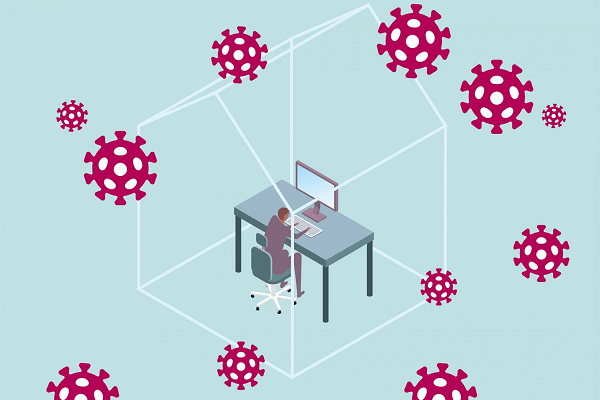
Environmental diseases are illnesses prevalent in particular regions or populations brought on by exposure to environmental factors such as pollution, harmful chemicals, or radiation. Mesothelioma, arenicolids, and black lung disease are a few examples. Behavioural Diseases Behavioural diseases are conditions brought on by bad habits or lifestyle decisions that are widespread among some groups or geographical areas. Examples include obesity, ailments brought on by smoking, and ailments brought on by drinking. Factors Associated with EndemicityA variety of circumstances can cause the endemicity of an illness. These consist of the following: Host Factors The genetic makeup, innate resistance, and vulnerability of the host population to the disease can all affect how common it is there. Environmental Factors The climate, temperature, humidity, and the existence of reservoirs or vectors can all have an impact on the disease's transmission and persistence. Socioeconomic Considerations Poverty levels, education, access to healthcare, sanitation, and other socioeconomic factors might affect the likelihood of illness and one's capacity to prevent and treat it. Globalization The quickening and ease of travel, trade, and migration can help illnesses spread over national boundaries and become endemic in new areas. Public Health Initiatives The prevalence and persistence of endemic diseases can be affected by the effectiveness and accessibility of public health initiatives like immunization, surveillance, and outbreak response. Public health officials can create policies to manage and prevent the spread of endemic illnesses by better understanding these aspects. Endemic Diseases Geographic DistributionEndemic diseases can have different geographic distributions depending on the disease and the host population. Others may be endemic in numerous regions or even the entire world. Some localized diseases may only be endemic in certain regions or groups. For instance, malaria is endemic in many tropical and subtropical areas, such as South Asia, Latin America, and sub-Saharan Africa. Dengue fever is endemic in several regions of Southeast Asia, South and Central America, and the Caribbean. Tuberculosis is endemic in many poor nations, particularly in Southeast Asia and sub-Saharan Africa. The distribution of some diseases is more constrained. For instance, Buruli ulcer and Chagas disease are prevalent in different regions of Africa, Australia, and Southeast Asia. Numerous variables, such as the environment, vector species, socioeconomic circumstances, and human behaviour, affect the regional distribution of endemic diseases. Public health officials can create targeted interventions to control and prevent the spread of endemic diseases by better understanding the distribution and prevalence of these illnesses. Epidemic vs Pandemic vs EndemicThe terms endemic, epidemic, and pandemic indicate how widespread diseases are. An endemic disease is consistently present in a specific region or population, with a consistent or predictable incidence of infection. Most endemic diseases are localized to a particular area and do not produce sharp increases in the number of patients. 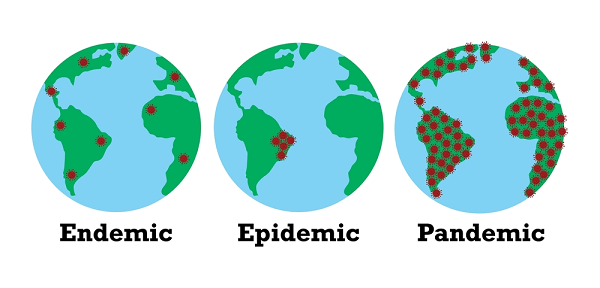
or demographic group over what is typically anticipated. An epidemic is a transient, frequently localized occurrence brought on by environmental changes, human activity, or the introduction of novel disease strains. A pandemic is an outbreak that has spread across several nations or continents and has affected many people. A pandemic develops when a novel infectious agent with low to no population immunity first appears and can quickly spread from person to person. The COVID-19 pandemic, the H1N1 influenza pandemic, and the HIV/AIDS pandemic are a few examples of pandemics. Prevention and Control Measures for Endemic DiseasesDepending on the particular disease, its route of transmission, and the characteristics of the host population, prevention and control strategies for endemic diseases can differ. However, several broad actions can aid in stopping and containing the development of endemic diseases, such as: Vaccination Vaccines can help stop the spread of many infectious diseases and successfully prevent them. Routine immunization programs can be implemented to combat endemic illnesses that are common in a certain population. Control of Vectors Vectors like mosquitoes, ticks, or fleas are responsible for transmitting many endemic diseases. Controlling the populations of these vectors and preventing the spread of the disease can be accomplished by taking steps like insecticide spraying, using bed nets, and eliminating standing water. Improved Sanitation Improved sanitation can help stop the spread of diseases like cholera and typhoid fever by providing clean water and ensuring adequate waste disposal. Health Education Informing the populace about the dangers of endemic diseases and ways to prevent them can increase awareness and inspire behavioural changes that can stop transmission. Early Case Identification and Treatment These steps can help stop the disease's transmission and lessen its effects on the general populace. Quarantine and Isolation In the case of extremely contagious diseases, quarantining and isolating affected individuals can aid in limiting the disease's transmission. Surveillance and Monitoring Regular surveillance and monitoring of disease incidence and prevalence can assist in detecting outbreaks and gauging the success of management measures. The population's burden from endemic diseases can be lessened, and disease can be stopped from spreading within countries and across borders by putting certain preventative and control measures into place. Ecology and Conservation of Endemic SpeciesAn endemic species is indigenous to and confined to a specific geographic location in ecology and conservation. Endangered species can only be found in a specific area or habitat and not elsewhere globally. These species frequently have a distinct evolutionary history and have evolved to fit their habitat's environmental requirements. 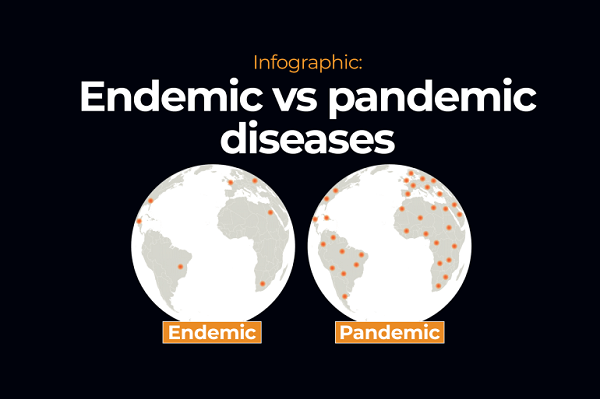
Because they frequently fulfil specialized ecological roles and are essential to the health of their particular ecosystems, endemic species play a significant role in preserving biodiversity and ecosystem stability. Additionally, because of their small home ranges and increased susceptibility to anthropogenic activities like habitat degradation, climate change, and the introduction of alien species, endemic species are frequently extremely vulnerable to going extinct. For endemic species, conservation efforts frequently center on safeguarding their habitats, controlling threats like invasive species, and putting policies in place to lessen the effects of climate change. To prevent the species from extinction, conservation measures may include captive breeding programs or the creation of protected areas. The Galapagos tortoise, which is only found in the Galapagos Islands off the coast of Ecuador, the koala, which is only found in specific parts of Australia, and the golden monkey, which is only found in specific hilly parts of central Africa, are a few examples of endemic animals. Endemic Diseases Economic and Social EffectsPopulations impacted by endemic diseases may experience severe economic and societal effects. Among the most significant effects are the following: Impacts on Health Endemic diseases can result in high morbidity and mortality rates, which reduces productivity and raises healthcare expenses. 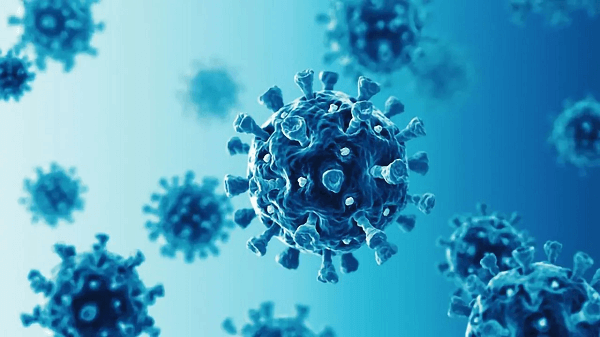
Economic Effects Populations impacted by endemic diseases may experience major economic effects, such as decreased productivity, decreased labour force participation, and increased healthcare expenses. Impacts of Endemic Diseases on TourismVisitors may be discouraged from visiting due to the danger of infection or travel limitations caused by endemic diseases. Social Effects Endemic diseases may result in greater stigma and prejudice against afflicted communities. Environmental Effects Some endemic diseases can also have negative environmental effects, such as destroying ecosystems or habitats. International Effects Because endemic diseases can travel across borders and influence neighboring nations, they can also have an international effect. It may also lead to travel restrictions and the requirement for international collaboration in the fight against the disease. Changes in Climate and EndemicityDue to changes in temperature and rainfall patterns, which can alter the distribution and incidence of many diseases, climate change can considerably impact endemic diseases. Among the ways that endemicity may be impacted by climate change are: Range Shifts Variations in temperature and precipitation patterns can change the geographic distribution of vector-borne illnesses like malaria and dengue fever as well as the distribution of their hosts. This may result in the expansion of current endemic areas and the creation of new ones. Seasonal Variations Variations in temperature and precipitation patterns can also affect when and how long diseases transmit, affecting illness incidence and prevalence. Changes in Habitat Variations in temperature and precipitation may affect the availability and suitability of habitats for disease vectors and hosts, which may impact the dynamics of the disease's transmission. 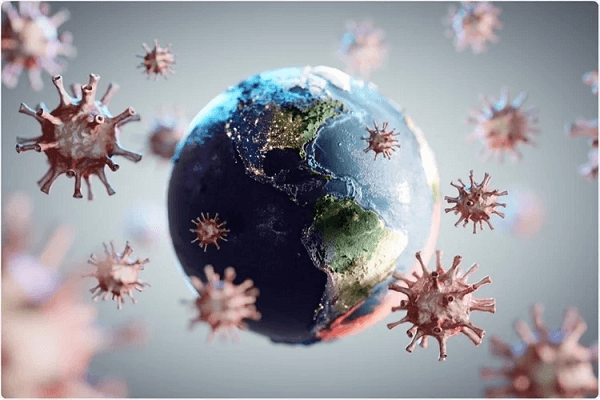
Human Behaviour Variations in temperature and precipitation patterns can also affect people's travel habits and outdoor activities, impacting the spread of illness. Implementing strategies, including bettering disease surveillance and monitoring, creating climate-responsive vector control methods, and supporting public health education and awareness campaigns, are crucial for reducing the effects of climate change on endemic diseases. Additionally, addressing the causes of climate change and reducing greenhouse gas emissions will help lessen the impact of climate change on endemic diseases. Human History's Endemic DiseasesThe history of civilizations has been greatly influenced by endemic diseases, which have also influenced social and demographic shifts. The following are some instances of endemic diseases that have affected human history: Malaria Malaria is a mosquito-borne illness widespread for ages in many regions worldwide. The history of humanity has been significantly impacted by it, especially in tropical areas where it is most common. The spread of malaria has aided in the colonization of many tropical areas and has been linked to the demise of numerous civilizations, including ancient Greece and Rome. Tuberculosis A bacterial infection known as tuberculosis primarily affects the lungs. It has been endemic for centuries in various regions of the world and has had a major impact on human history. TB disproportionately affects marginalized populations and has been connected to social and economic disparities. Additionally, it has contributed to the growth of public health initiatives and medical innovations. Smallpox For thousands of years, this viral infection has been widespread over much of the world. It has made a big difference in human history, especially in the Americas, where it helped to eradicate native populations after European colonization. Yellow Fever Yellow fever is a viral illness spread by mosquitoes that have long been prevalent in Africa and South America. In the context of colonialism and the slave trade, it has had a profound impact on human history. Yellow fever epidemics frequently led to population evictions and disruptions in trade and business. Today's human populations are still greatly impacted by endemic diseases, especially in low- and middle-income nations where resources for prevention and treatment may be scarce. To improve the health and well-being of impacted communities and advance global health security, combating endemic illnesses continues to be a top priority for public health. Cultural Factors and EndemicityCultural influences are significant in terms of transmission, prevention, and treatment of endemic diseases. Local health and illness beliefs and customs can have a big impact on how people perceive and react to endemic diseases, which can greatly impact how well public health initiatives work. Key cultural elements that can affect endemicity include the following: Traditional Doctors and Medicines The healthcare system in many cultures relies heavily on traditional doctors and medications. Traditional healers are often thoroughly aware of the local ecosystem and how it impacts health, and they may use native plants, animals, or minerals to treat illnesses. Finding opportunities for collaboration and integration with contemporary healthcare services can be made easier by understanding the function of conventional healers and medications in local healthcare systems. Beliefs about Causation and Transmission Beliefs regarding the causes and spread of disease can affect how people view and react to endemic diseases. Local beliefs about the causes and spread of disease can have this effect. For instance, in certain cultures, illness is viewed as the result of paranormal activity or an imbalance in the body. Informing public health messages and interventions can be done by becoming aware of these beliefs. Discrimination and Stigma Endemic diseases can be stigmatizing, especially if they are connected to specific behaviours or groups. As an illustration, HIV/AIDS has been stigmatized in many areas due to its connection to homosexuality or the sex industry. Improving access to healthcare and halting the spread of disease require addressing stigma and discrimination.
Next TopicPast Perfect Tense Definition
|
 For Videos Join Our Youtube Channel: Join Now
For Videos Join Our Youtube Channel: Join Now
Feedback
- Send your Feedback to [email protected]
Help Others, Please Share










